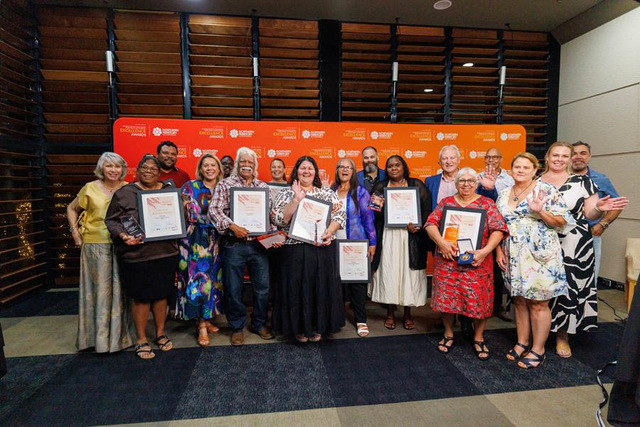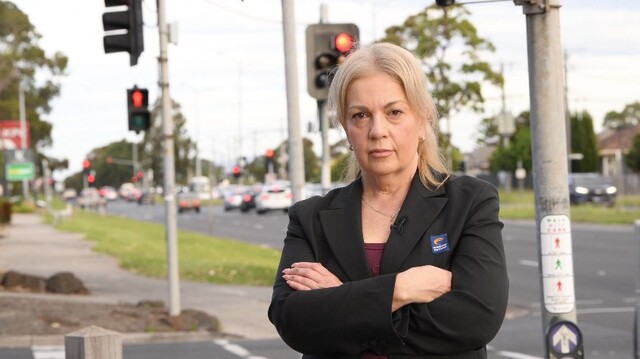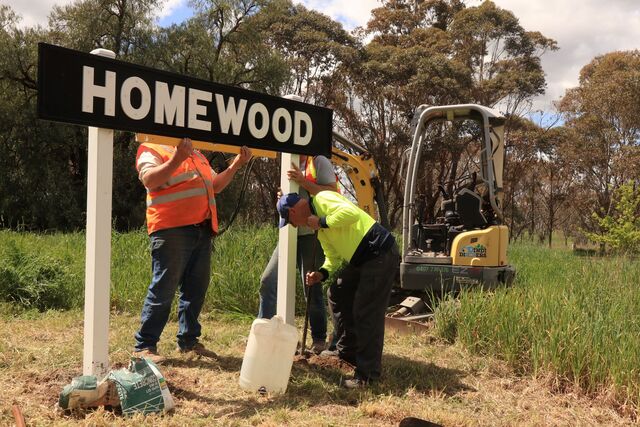4th National Local Roads Congress in Kalgoorlie
Speaking at the opening of the 2003 National Local Roads Congress, President of the Australian Local Government Association (ALGA), Councillor Mike Montgomery, said that, in the lead up to the next Federal Election, it was vital to secure a commitment from major political parties to renew the $1.2 billion Roads to Recovery Program beyond its current expiry date on June 2005. During the two day Congress, some 420 Councillors, Local Government officers and roads experts had the opportunity to hear from a range of speakers, and discuss and debate key issues impacting on Councils as they carry out the task of maintaining 680,000 kilometres or 85 per cent of our national road network.
“Local Government has responsibility for a $75 billion asset with Australia’s local roads,” Mike Montgomery said. “These roads are the work horses of the nation, linking every Australian to their workplaces, schools, essential services – they are the lifelines between communities.
“The Roads to Recovery Program has been great for roads and local communities. Through more than 10,000 different projects, the program has improved safety aspects and created new job opportunities. A recent evaluation of the Program found that it has been effective and is needed. The Commonwealth Government is to be congratulated.
“However, this review also shows the job is far from finished. Significantly, the report found that Roads to Recovery funding needs to be doubled just to maintain our road asset at its current level.”
Councillor Montgomery called on all Councils and Councillors to ensure their local Federal MPs and Senators are fully aware of the benefits of Roads to Recovery and how important it is to their local community. “Local Government fought hard to secure this program,” he said. “Now we must fight hard to keep it in the lead up to the next Federal Election.”
In his address to the Congress, Deputy Prime Minister and Federal Minister for Transport and Regional Services, John Anderson, described the Roads to Recovery Program as the largest commitment by any Federal Government. He told delegates the key to its success has been the direct partnership with Local Government.
“Funding Local Government directly has worked well because Councils have the best knowledge about where the money should be spent,” the Deputy Prime Minister said.
At the same time, he threw out the challenge to State and Territory Governments to match the Federal Government on roads funding. “The States have primary responsibility for infrastructure and have all the GST,” he said.
Turning to AusLink, the proposed national land transport plan, John Anderson said it is expected that over the next 20 years, domestic freight will double and interstate road freight will triple.
“We need lateral thinking to find solutions,” he said. “A national land transport plan will ensure worst case scenarios do not happen. AusLink will be planned and funded on a national basis providing a 20 year strategic outlook using five year rolling plans to integrate roads and rail with ports and airports.”
The Deputy Prime Minister told delegates the Australian Local Government Association should be a major signatory to AusLink, and that any current Local Government roads funding programs will be ‘quarantined’ from AusLink.
“We need smart transport systems that are faster and cheaper,” he said. “We must also encourage increased private sector investment. Although some regional projects may not be attractive to private investors, their involvement in urban areas will free up more money for the regions.”
In his address to the Congress, Federal Shadow Minister for Regional and Urban Development, Transport and Infrastructure, Martin Ferguson, said that the AusLink Green Paper flags the opportunities but there is no commitment coming from Finance and Treasury to deliver.
“AusLink promises more money for rail without putting more money into the transport budget,” Martin Ferguson said. “That can only mean less money for roads and that is not acceptable. There must be more money for rail, but not out of our national highway fund.”
Although no date has been set for the release of the AusLink White Paper, it is expected before the end of the year with AusLink in place by 1 July 2004.
The 5th National Local Roads Congress will be staged at Tanundra in South Australia’s Barossa Valley, from 11–13 July 2004.







